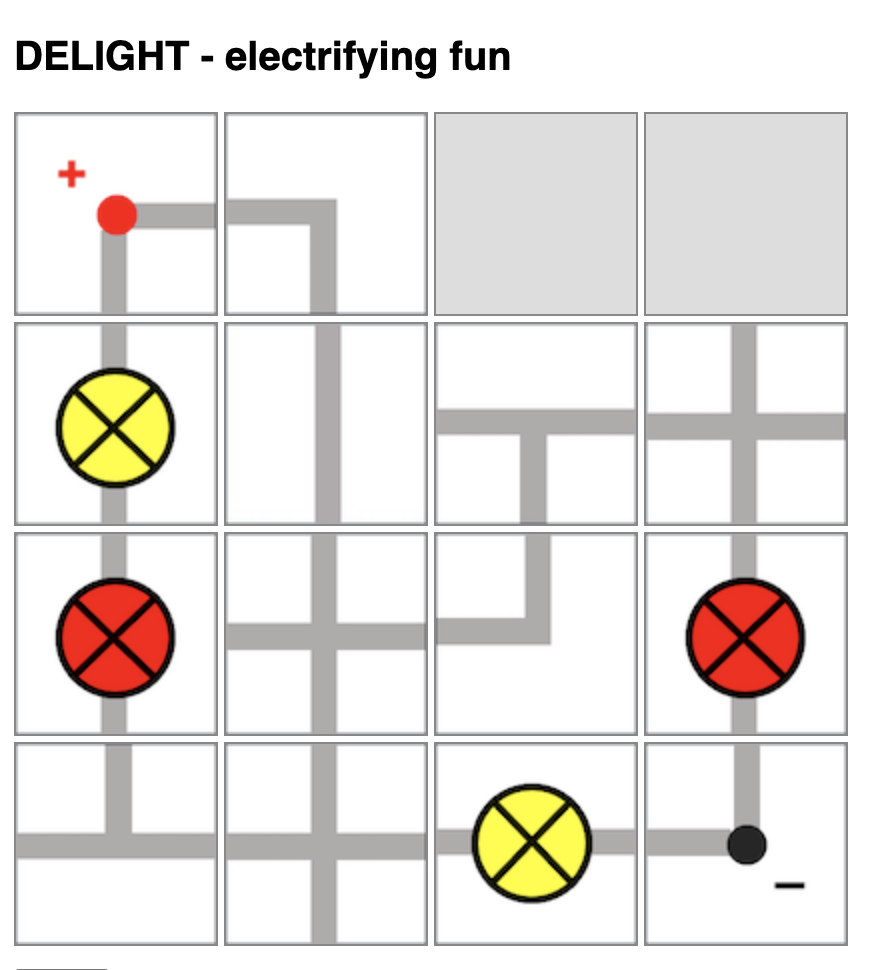The simulation below allows students to practise calculating potential differences and currents of a slightly complex circuit, involving three different modes that can be toggled by clicking on the switch.
Link: https://www.geogebra.org/m/jkckp9pr
Mode 1: Two Resistors in Series
When resistors
The current
where
The potential difference across each resistor can be calculated using:
Mode 2:
In this mode, resistors
Thus, the total resistance is:
The current through the circuit is:
The potential difference across
Since
The current through each parallel resistor can be found using Ohm’s Law:
Mode 3:
Here, resistors
Then, find the total resistance of the parallel combination:
The total current is:
The voltage across the parallel combination is the same for both branches:
The current through
The current through
The voltage across each series resistor is:
